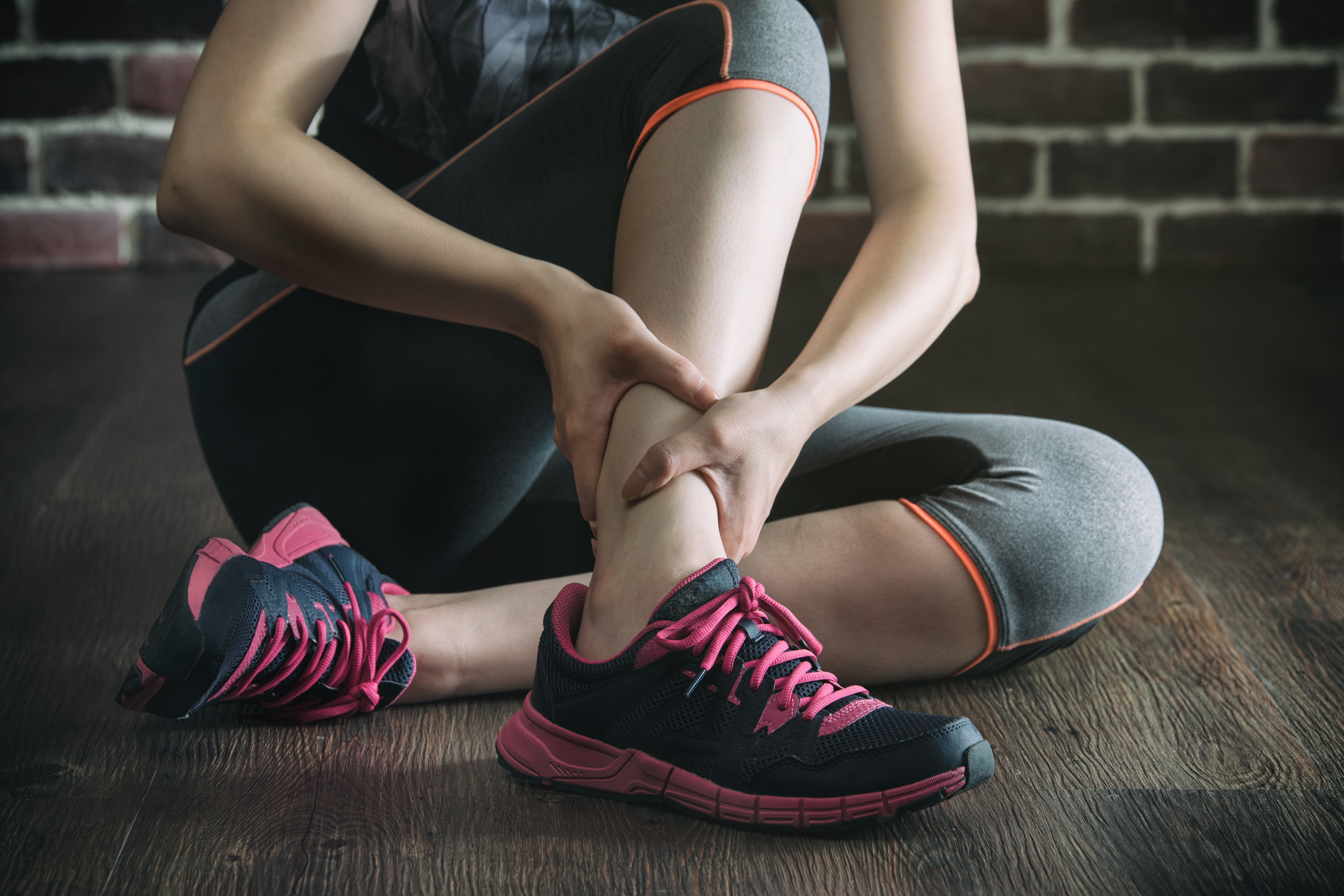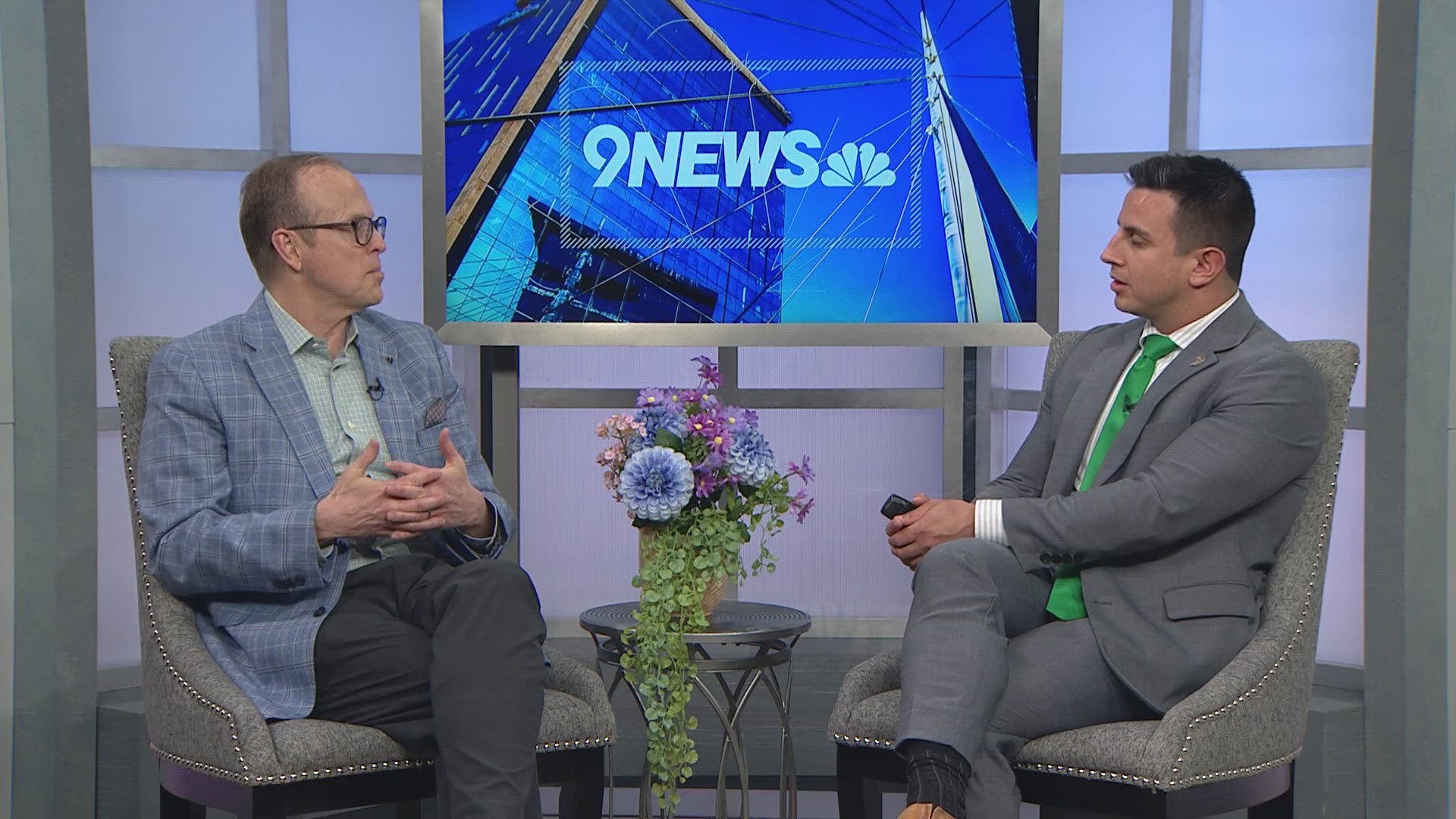Rhabdomyolysis, or rhabdo for short, is caused by a breakdown in the muscle fibers usually from heavy exercise.
As the muscles break down, chemicals are released into the bloodstream that can be toxic to the kidneys.
Because the blood is rushing to the muscles throughout the blood, it cannot go to the other vital organs (like the liver, heart and lungs). In severe cases of rhabdo, this can lead to kidney failure, and on occasion, multiple organs that fail and even death.
When does it happen?
There are two "classic" situations that can occur to cause rhabdo. First, it may be the person who hasn't exercised for a while, or had recently gotten hurt, and tries to go back to exercising at the same level that they used to. Unfortunately, the body and the muscles are not ready for this. Another way to get rhabdo is also from doing too many repetitions, too much weight, or too hard of exercise (e.g. spin class, longer distance run that you have not trained for).
How do I know I have it?
Your muscles immediately will be sore, maybe even while you are working out. You will feel so drained that you cannot even move because your legs and body are really weak. This is from the exercise causing this massive reaction in your body and breaking down all of your muscle fibers very quickly. About half the time, your urine may even turn a dark brown color (but this can be a very late sign). Get to the Emergency Department immediately if you have any of these symptoms. Rhabdo can be life-threatening.
What can I do to avoid rhabdo?
Extreme heat, dehydration, not properly training, exercising too hard, and doing too many similar exercises with too high of frequency can be risk factors for developing rhabdo. Knowing how to structure your workouts is so important.
Rhabdo can be avoided by simply listening to your body. In group classes, it is easy to be competitive and push yourself too hard. If you are newer, dehydrated, or took some time off, stop before you think you should.
Jumping pull-ups and banded pull-ups are a great modification to work on biceps and lats, but pairing them with a lower body exercise is the best approach.
For example, five modified pull-ups paired with 10-15 squats will be way better for your body and recovery than pairing pull-ups with push-ups.
Also avoid doing sets bigger than 10-15 repetitions at a time if they are a new move for you.
Another move to understand and to be smart with? Squats.
Sets of 5-15 if weighted is plenty, with adequate rest in between. Avoid going over 50 reps total in a single workout session, especially if any of the above factors are true for you.


